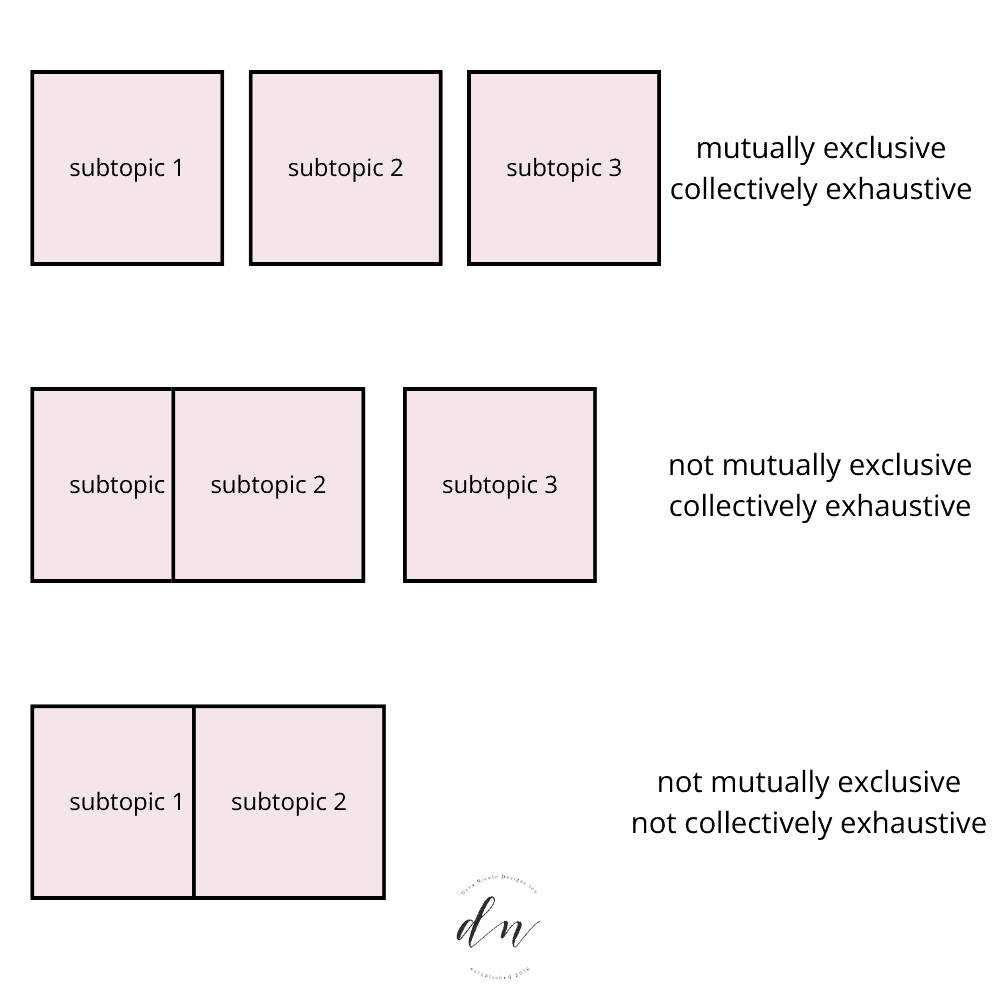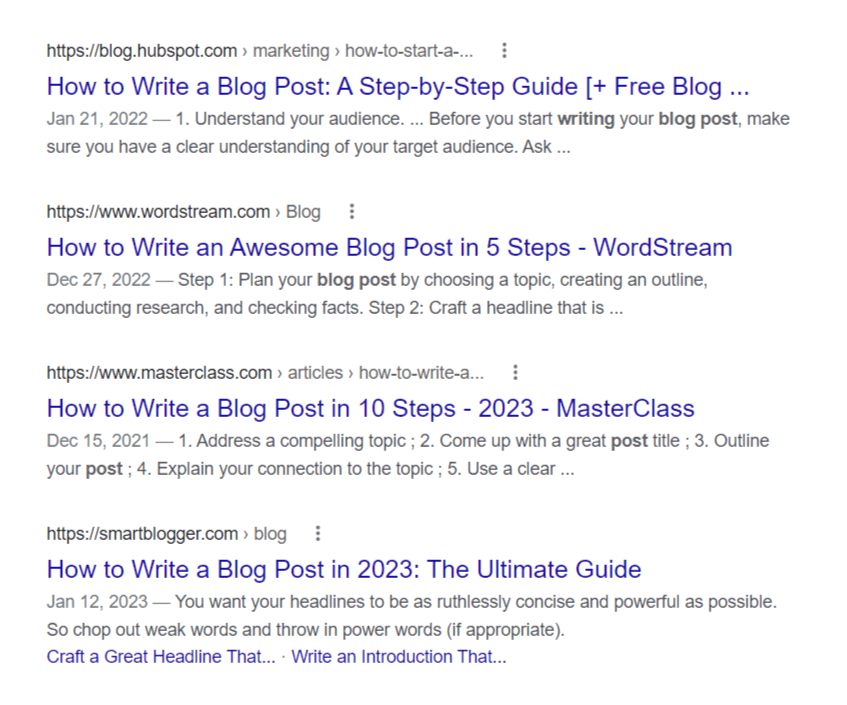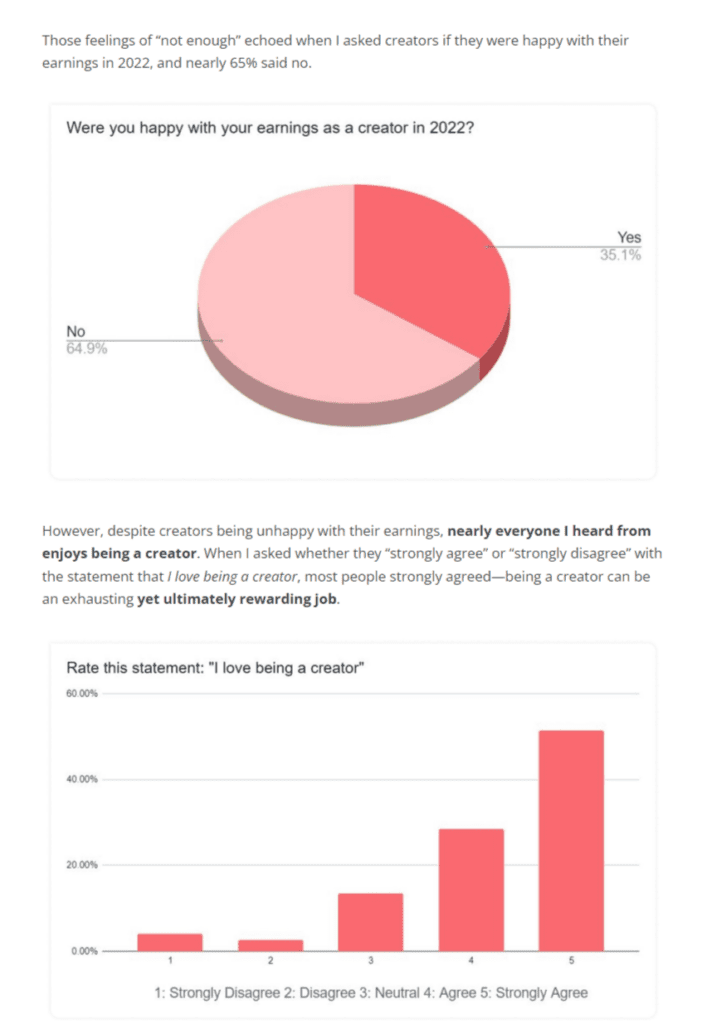Last Updated on
Ask any content writer or SEO the best way to rank higher in the SERPs, and they’ll tell you this: write something better than what’s already ranking.
I’ve been guilty of dishing out this advice as well, but I got to thinking the other day: This advice is lazy, and here’s why.
Yes, there’s plenty of bad content floating around the web. And that content is easy to outrank by creating a legible blog post. But there’s also mountains of fantastic content.
Just take a look at the search results for the query how to write a blog post:
The first page is dominated by websites like HubSpot, WordStream, and Smart Blogger. I don’t need to click into these results to know they’re likely pretty good.
So how are you supposed to write something better when you’re already competing against grade-A writing? Telling a writer to write better content is like telling an Olympian sprinter to just run faster to win the gold. It’s never quite that simple.
11 tips for writing content that’s better than the competition
In 2022, I had the pleasure of working on over 300 articles. Whether it was creating the brief, writing the actual piece, or editing it, I got a good feel for what writers can do to make their content stand out from great content.
Things like crafting a strong outline, choosing the right keywords, writing a great headline, and formatting your blog posts for readability are all important steps when writing first-page-worthy content, but today, we’re going beyond the basics and diving into advanced tips.
1. Use the MECE framework
Mutually exclusive, collectively exhaustive. That’s what MECE stands for. I first stumbled upon the MECE framework in a content marketing context via the Animalz blog.
In simple terms, every article should cover every bit of information relevant to the topic without overlapping the information in subsequent sections.
Let’s say you have an article that needs to cover three sub-topics to be collectively exhaustive. Here’s how MECE looks (and doesn’t look):

In the image, the first example passes the MECE test. The other two either overlap bits of information or don’t contain enough information to cover the topic entirely.
Here’s a simplified example of MECE: An article that tells readers how to create an Instagram account but leaves out a step about choosing a username isn’t collectively exhaustive. In that same example, if the article tells the reader to create a username in step 2, but then tells them to create a username in step 3, it’s not mutually exclusive.
As a reader, it’s frustrating to:
- Re-read something you’ve already been told further up in an article
- Walk away feeling like the article you just read leaves you with more questions than answers.
Using MECE, you can avoid leaving your reading with these feelings.
💡How to use the MECE framework to write better content: Time to flex your empathy muscle. Analyze the results on the first page from the perspective of your reader and jot down any questions they may have while reading the content. Additionally, identify areas where the info overlaps. Use these points to write a piece that passes the MECE test.
2. Create a thesis statement
A thesis statement defines the topic of your content and the stance you plan to take. While you don’t need to include the actual statement within your actual article, it’s good to have it on hand to keep you moving in the right direction. Sometimes, I’ll write a thesis at the very top of my articles, so I don’t forget my stance throughout the piece I’m working on.
As a bonus, a thesis helps with the MECE framework as it encourages you to explore a topic in its entirety.
💡How to use a thesis to write better content: Jot down a sentence—or two—describing the stance you plan to take in your article. An example thesis for a piece might be something like this: Despite the rise in social media platforms like TikTok, blogging is still a viable way to promote your business in 2023.
Then as you’re writing, ask yourself if the sub-headings and sub-topics within your content relate back to your thesis. If not, ask yourself why and if they’re necessary to include.
3. Interview subject matter experts (SMEs)
Including quotes from relevant SMEs powers up your content and differentiates it from all the other pieces of content on the same topic.
An example of a piece where I used SME was my article titled Is Blogging Dead? I collected quotes from 14 different content marketing experts. Expert insight gives the reader a holistic perspective on the topic.
Check out content writer Bani Kaur’s tips for interviewing thought leaders:
I was struggling to interview thought leaders effectively in Jan 22. By struggling, I mean getting severely reprimanded, and even fired, over the pieces I wrote.
— Bani Kaur (@banikaur1997) January 17, 2023
Yikes.
How did I go from that to being an exclusive thought leadership writer in 2023?
🧵Here are 5 things I did:
💡How to use SME interviews to write better content: Conduct SME interviews on topics where research isn’t enough. For example, if you’re writing a piece on the topic of why UX design is important, but you’re not a UX expert, sprinkle SME quotes throughout to add authority to your piece. Readers are more likely to trust what they’re reading if they know it’s coming from an expert.
I like using tools like Qwoted and Help a B2B Writer to find experts to interview for the pieces I write. Additionally, you can schedule 30-minute chats with thought-leaders to gather in-depth information.
3. Conduct your own surveys
Conducting your own surveys is the fastest way to add a distinctive and authoritative touch to your content.
Here’s how that looks: ConvertKit recently asked me to dive deep into the 2022 creator economy (this piece here). I surveyed over 100 creators, and their answers formed the basis of my thesis and gave me insight that was unique—and relevant—to the piece I was writing.
💡How to conduct surveys to write better content: If you have the budget, use services like SurveyMonkey’s Market Research Solutions to craft surveys. Additionally, tools like Hotjar let you put free surveys on a website to capture visitor feedback. Or, you can put together a Google Form and ask your target audience to fill it out for you in relevant Facebook groups, Slack channels, Discord servers, and Reddit threads.
Just make sure your survey sample size is large enough. For example, a survey of ten people won’t be big enough to give you useful data to work with.
4. Cite original research
Too many blog posts recite the same tired old stats. Even worse, they cite statistic round-up posts—rather than original research—which are often riddled with incorrect and outdated stats.
I made the mistake of citing round-up posts earlier on in my career as a writer. As a result, my writing was weak.
But when you cite reputable sources—like original research papers—your reader will warm up to what you have to say and begin to trust you.
💡How to use original research to write better content: Take the extra steps to find an original source. If you write in an industry that changes fast, make sure the stats aren’t outdated. For example, when writing about online marketing, I try not to include any stats that are older than two years old in my pieces. Otherwise, I risk the info being outdated.
Google Scholar is a great place to search for original research, and if you have access to a scholarly article base through your local library, search through it to find relevant research papers to cite.
5. Use books as references
Expand your research beyond blog articles and research reports, and hit up your local library. Books provide fresh perspectives and unique ideas that competitor pieces may lack.
💡How to use books to write better content: Seek out books that dive deep into the topics you’re writing about. You may want to read the whole book, or you may just want to read applicable chapters. I also like to keep a list of helpful books I’ve read about my niche so I can quickly reference them when needed. You can cite books within your article, or you can use them to inform your content.
6. Find relevant and timely examples
Real-life examples help explain abstract topics and get the reader to relate to what they’re reading. When readers relate to—and see themselves in—the content they’re reading, they’re more likely to convert on your CTA. Higher conversions=happier clients (and more work for you!).
💡How to use examples to write better content: Make sure each example you choose is relevant to your reader. For example, if I’m writing an article on freelance writers who earn over six figures a year, I wouldn’t want to highlight a graphic designer as someone who earns over six figures—that example muddles my point and distances the reader from the content.
7. Spice up your intros
I’ve written my fair share of boring intros like this: “Being a [job title] is hard. But when you know how to [keyword], life becomes much easier.”
These types of intros plague blog posts for one reason: they try to relate to the reader by mentioning a vague pain point. Unfortunately, they fail at pulling readers in, and if your reader is snoring by the end of your first few sentences, they won’t stick around to read much else.
I wrote the below intro for an article about getting business sponsorships as a creator. It’s one of my favorite intros (that I’ve written):
Joshua Bell is one of the best violinists in the world.
But when he was asked to busk in the L’Enfant Plaza Station in Washington, D.C. with his 3.5 million dollar violin, he only collected a measly $32.
Thousands of people rushed past the world-renowned violinist, but only 20 people (roughly) tossed a bit of change into his violin case.
As it turns out, context matters—people pay more attention to something they know is important. And in Joshua’s mini-concert, passersby didn’t know who was serenading them.
As a creator, you and Joshua have more in common than you think.
You’re talented, but getting people to stop and listen to your message and buy your products is a struggle.
But with business sponsorships, you can align yourself with major brands and give your audience the context they need to see you as a true expert. In turn, you can grow your business much faster.
Source
The intro above takes an interesting story and relates it back to the article’s core theme.
💡How to write good intros for better content: Play around with stories and unique hooks to intrigue your reader. One of my favorite articles that talks about writing intros is this one. I highly recommend reading it and experimenting with new ways to write your introductions.
8. Ensure stats pass the ‘context + comprehension’ test
When using stats in your writing, keep two things in mind: context and comprehension.
Context
As a writer, your job is to collect and synthesize information in a way that makes sense to the reader. How would you feel if I told you right now that the average reader only spends 54 seconds on a blog post?
You might think it’s a neat little tidbit of info, but you’d likely wonder why I told you that.
Instead, I could say something like this: “The average reader only spends 54 seconds reading blog posts, so it’s crucial your content is engaging enough to pull readers in and keep them around for longer than 54 seconds.”
Context beefs up your stats and helps the reader understand why the stat matters and why you included it in the piece.
Comprehension
When used incorrectly, stats can confuse your reader and turn them away. Numbers are challenging to process, and throwing a bunch of stats at your reader may overwhelm their cognitive load and cause them to bounce.
Here’s a made-up stat to illustrate what I mean: “3.3 million Americans use their credit cards to make online purchases daily.” Regardless of how intelligent your readers are, 3.3 million is a massive number and too hard to comprehend.
However, saying something like, “1/10 Americans use their credit card to make online purchases daily,” is much easier to process.
Alternatively, saying something like, “2 billion people use Instagram every month,” isn’t as hard to comprehend because most people know there are over 7 billion people in the world. But, still, we can make large numbers like that even easier to understand but adding a quick line that says something like, “2 billion people use Instagram every month—that’s over 25% of the population!”
💡How to use stats to write better content: When including a stat in your piece, ask yourself if you’ve provided enough context so it makes sense and if it’s easy to understand. If not, rework it or scrap it.
9. Develop nuance through user personas
At the end of the day, you have one goal as a writer: write content people actually read. To do that, you need to write highly nuanced pieces that empathize with your reader’s challenges and meet them exactly where they are in their buyer’s journey.
This step is fairly easy when you have a good understanding of your audience. In most cases, your client should have all the necessary information to get you up to speed on who you’re writing for.
💡How to use use personas to write better content: Ask clients for access to documents like user personas, jobs-to-be-done frameworks, and voice of customer. Learn how your audience thinks, what they need, and how they express their challenges. When you know this, you can develop enough nuance in your articles so they speak to your reader on an intimate level that other pieces may not. When the reader feels understood, they’re more likely to stick around to read your article over the competitors.
10. Make use of bucket brigades
Bucket brigades are short bits of text that link one paragraph to another.
Here are a few examples:
- Why?
- Why not?
- Here’s why.
- Here’s how.
- But that’s not all.
- So, what’s the solution?
- For example:
- Like this:
By using bucket brigades, your content will be easier to read.
When it’s easier to read, your reader gets more value from your content and is likelier to make it to the CTA.
💡How to use use bucket brigades to write better content: Improve your content’s readability by adding bucket brigades. They’ll keep the reader flowing from one paragraph to the next, and ensure they read more of your content.
11. Use BLUF
BLUF means “bottom line up front.” And it’s when you put the most important information at the front of each section.
For example, notice how I started this section by defining what BLUF was? That’s because the definition is the key point in this section.
It’s a user-friendly writing technique that saves readers time by giving them the information they need up front.
Your turn
In many cases, writing great content requires thoughtful dedication and a strong plan. Try incorporating some—or all—of the above tips into your next piece and let me know how it goes!
FAQs
Copy has the intent to sell, whereas content (usually) doesn’t. Content includes things like social media captions and blog posts, whereas copy includes landing pages and advertisements.
Voice of customer (VoC) is the exact words and phrases your audiences use to describe their feelings and challenges. Incorporating VoC into your copy and content is the fastest way to get the audience to feel like you understand them.
This article may include affiliate links. As an Amazon Associate I earn from qualifying purchases.

Dana Nicole is an award-winning freelance writer for MarTech/SaaS who was rated one of the best SaaS writers by Software World. She specializes in writing engaging content that ranks high in search engines and has been featured in publications like Semrush, ConvertKit, and Hotjar.
Dana holds a Bachelor’s degree in Business Administration and has over 15 years of experience working alongside national brands in their marketing departments.
When Dana’s not working, you can find her dancing en pointe, cooking up new recipes, and exploring the great outdoors with her two big dogs.



